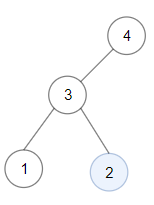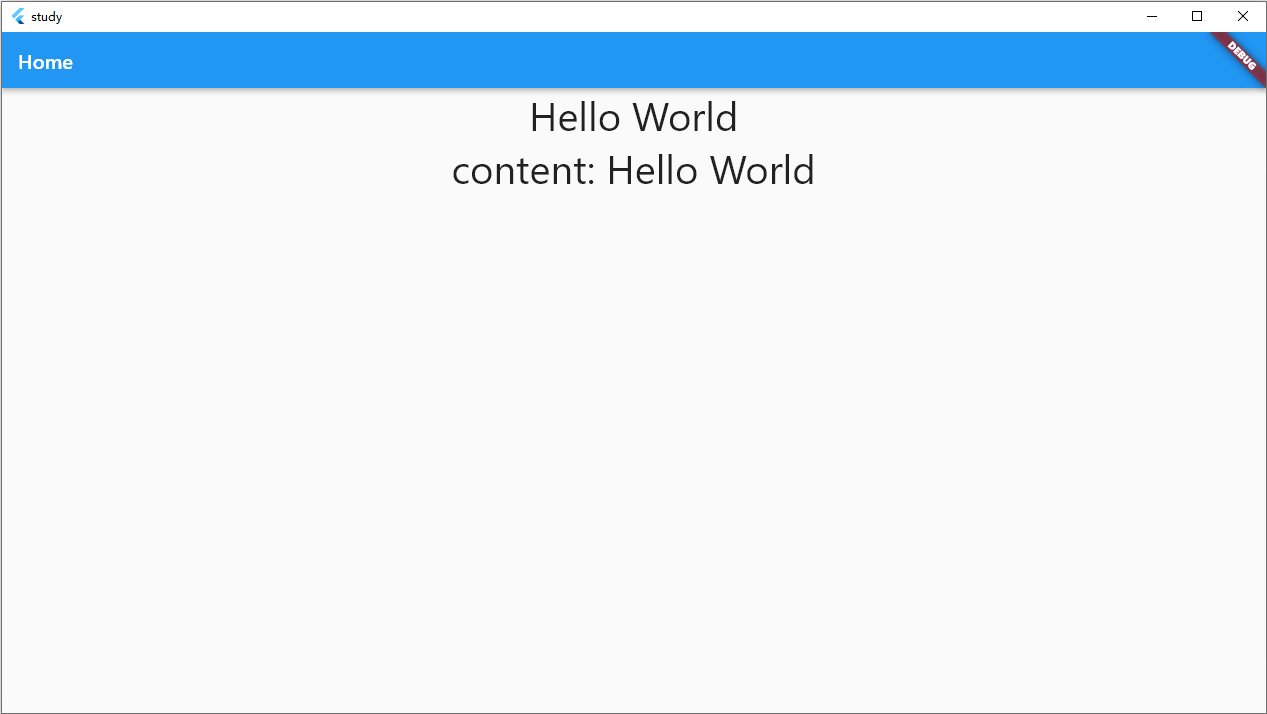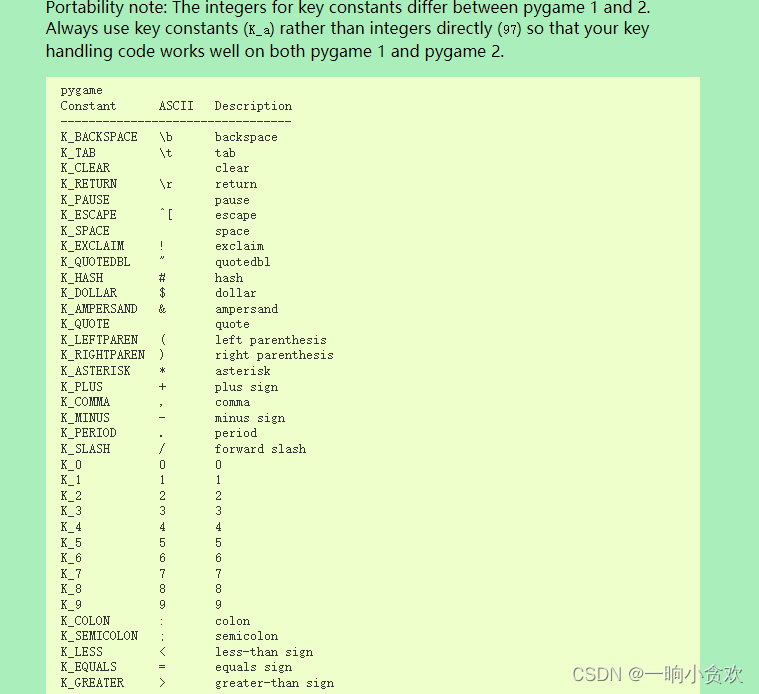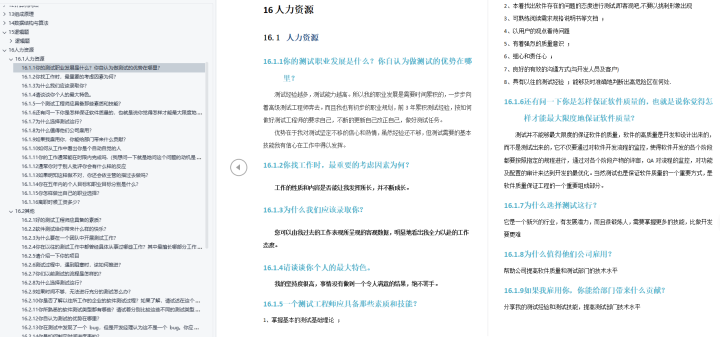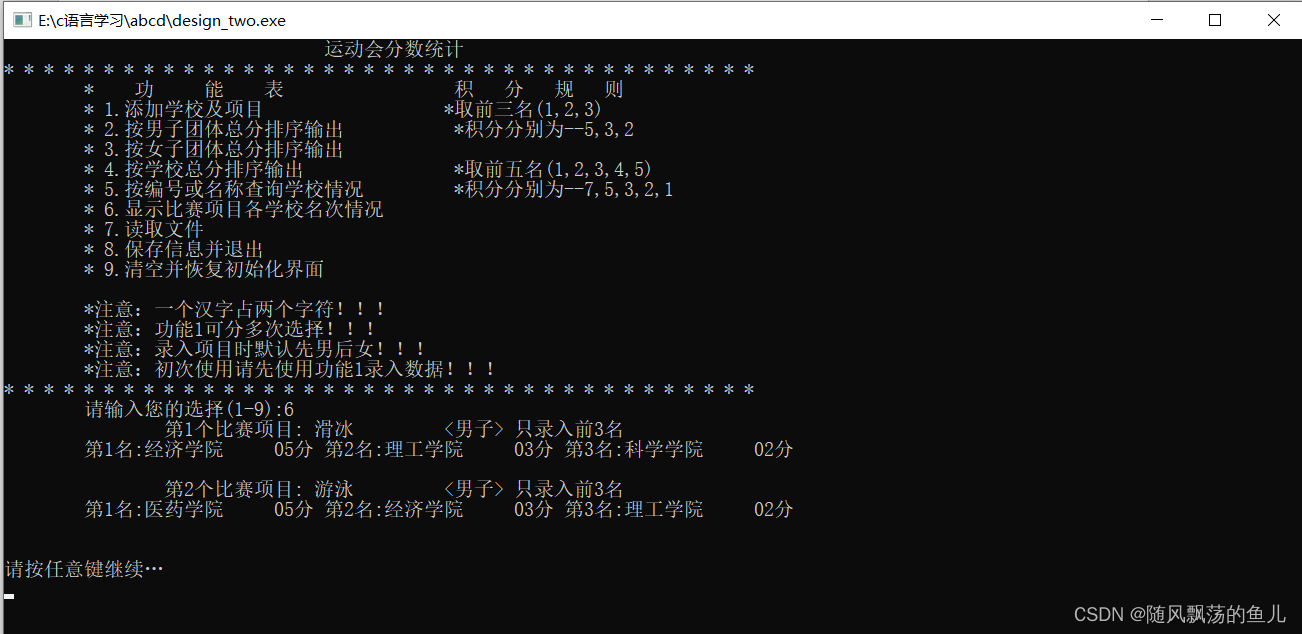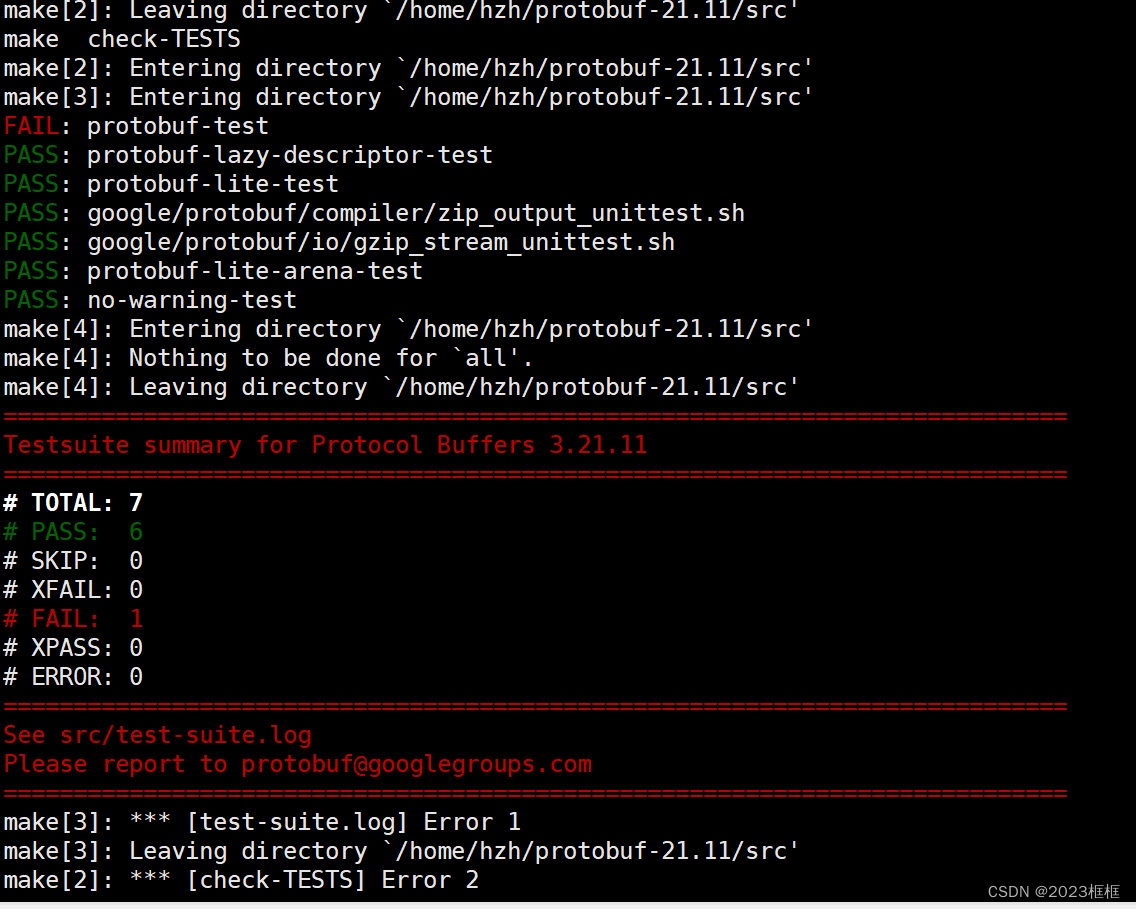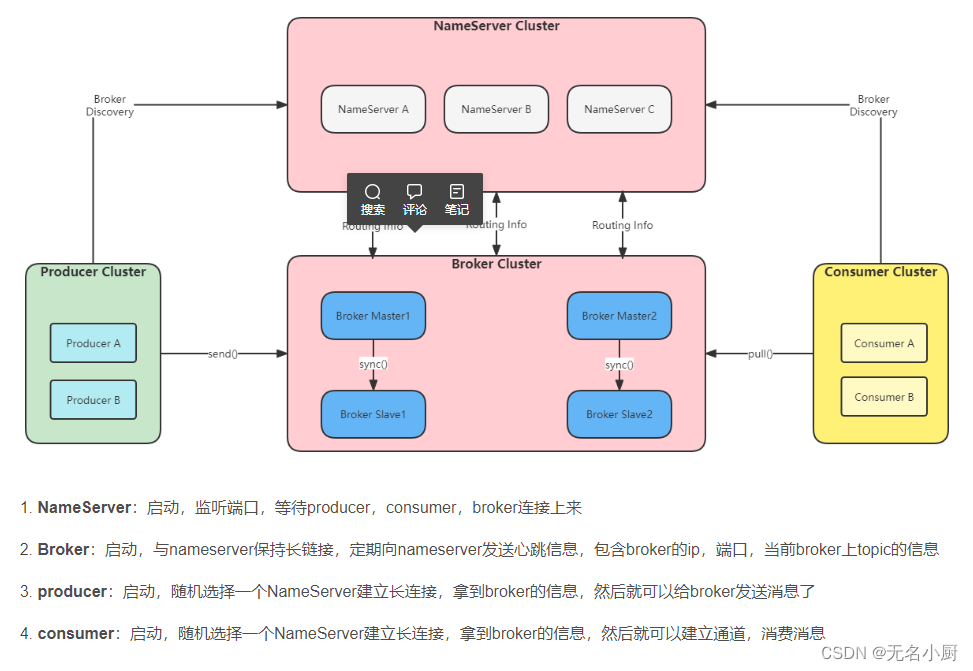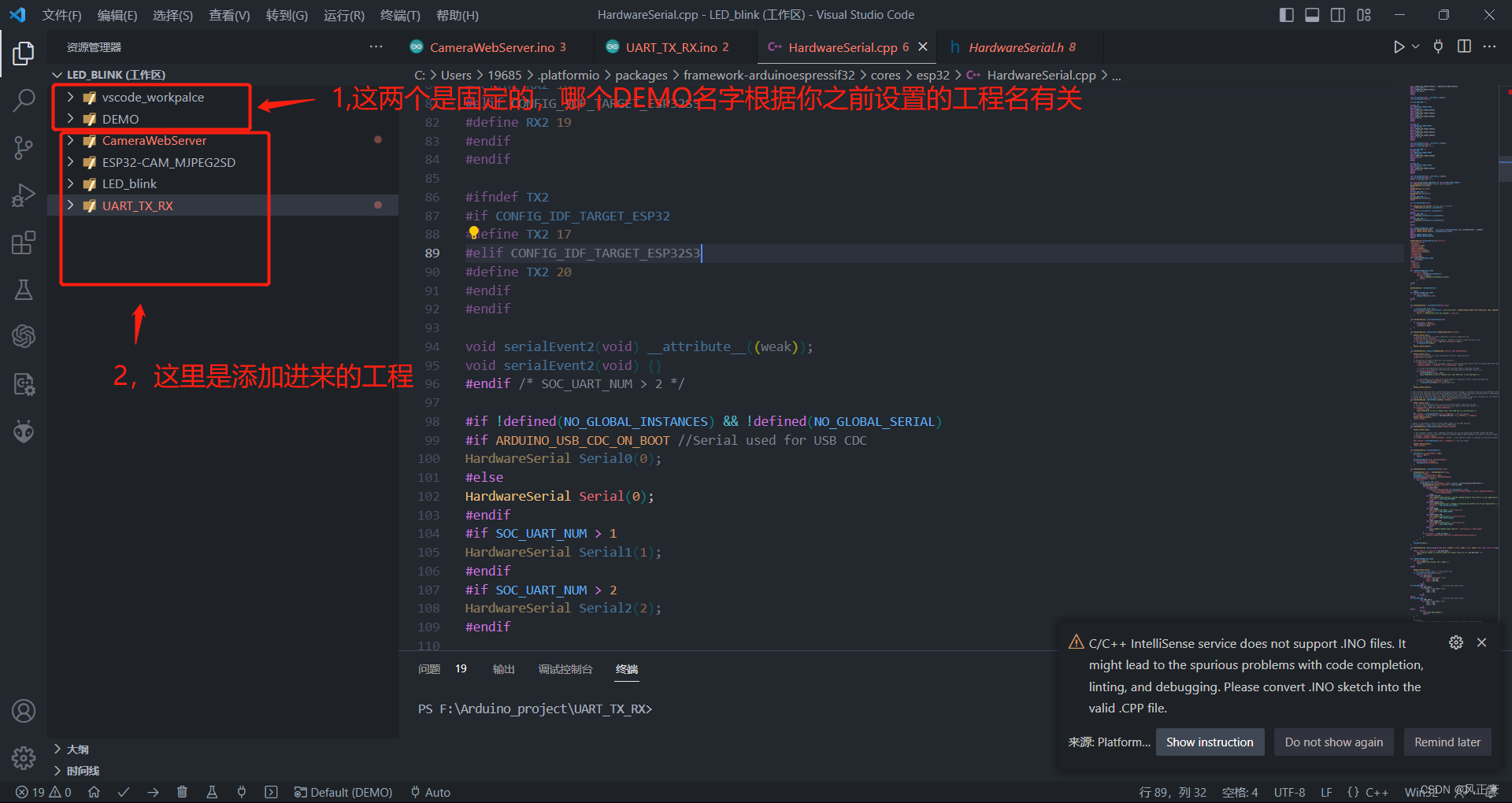在上一篇里我们讲了仿函数是什么,以及一元谓词,二元谓词的概念
C++ 仿函数(一)_小梁今天敲代码了吗的博客-CSDN博客
这篇是讲“内建函数对象”主要包括:“算术仿函数”,“关系仿函数”,“逻辑仿函数”
目录
一.算术仿函数
示例:
二.关系仿函数
示例:(举例为大于仿函数在排序中的使用)
三.逻辑仿函数
示例:(逻辑非运算)
总结:这一篇的内建函数对象,主要是统一了平时人们在自己写一些函数时五花八门的写法,直接使用这些内建函数对象可以有效防止命名空间污染的问题。
一.算术仿函数
功能:实现四则运算
template<class T> T negate<T> //取反仿函数
template<class T> T plus<T> //加法仿函数
template<class T> T minus<T> //减法仿函数
template<class T> T multiplies<T> //乘法仿函数
template<class T> T divides<T> //除法仿函数
template<class T> T modulus<T> //取模仿函数
示例:
#include<iostream>
using namespace std;
#include<functional>
//negate
void test01()
{
negate<int> n;
cout << n(50) << endl;
}
//plus
void test02()
{
plus<int> p;
cout << p(10, 20) << endl;
}
void test03()
{
minus<int> n;
cout << n(20, 10) << endl;
}
void test04()
{
multiplies<int> n;
cout << n(20, 10) << endl;
}
void test05()
{
divides<int> n;
cout << n(20, 10) << endl;
}
void test06()
{
modulus<int> n;
cout << n(20, 10) << endl;
}
int main() {
test01();
test02();
test03();
test04();
test05();
test06();
system("pause");
return 0;
}运行结果:

二.关系仿函数
template<class T> bool equal_to<T> //等于
template<class T> bool not_equal_to<T> //不等于
template<class T> bool greater<T> //大于
template<class T> bool greater_equal<T> //大于等于
template<class T> bool less<T> //小于
template<class T> bool less_equal<T> //小于等于
示例:(举例为大于仿函数在排序中的使用)
#include<iostream>
using namespace std;
#include <functional>
#include <vector>
#include <algorithm>
class MyCompare
{
public:
bool operator()(int v1, int v2)
{
return v1 > v2;
}
};
void test01()
{
vector<int> v;
v.push_back(10);
v.push_back(30);
v.push_back(50);
v.push_back(40);
v.push_back(20);
for (vector<int>::iterator it = v.begin(); it != v.end(); it++) {
cout << *it << " ";
}
cout << endl;
//自己实现仿函数
//sort(v.begin(), v.end(), MyCompare());
//STL内建仿函数 大于仿函数
sort(v.begin(), v.end(), greater<int>());
for (vector<int>::iterator it = v.begin(); it != v.end(); it++) {
cout << *it << " ";
}
cout << endl;
}
int main() {
test01();
system("pause");
return 0;
}运行结果:

三.逻辑仿函数
template<class T> bool logical_and<T> //逻辑与
template<class T> bool logical_or<T> //逻辑或
template<class T> bool logical_not<T> //逻辑非示例:(逻辑非运算)
transform:transform() 可以将函数应用到序列的元素上,并将这个函数返回的值保存到另一个序列中,它返回的迭代器指向输出序列所保存的最后一个元素的下一个位置。
在使用tranform函数之前,需要先给将要保存值的序列申请空间
#include <iostream>
#include <vector>
#include <functional>
#include <algorithm>
using namespace std;
void test01()
{
vector<bool> v;
v.push_back(true);
v.push_back(false);
v.push_back(true);
v.push_back(false);
for (vector<bool>::iterator it = v.begin(); it != v.end(); it++)
{
cout << *it << " ";
}
cout << endl;
//逻辑非 将v容器搬运到v2中,并执行逻辑非运算
vector<bool> v2;
v2.resize(v.size());
transform(v.begin(), v.end(), v2.begin(), logical_not<bool>());
for (vector<bool>::iterator it = v2.begin(); it != v2.end(); it++)
{
cout << *it << " ";
}
cout << endl;
}
int main() {
test01();
system("pause");
return 0;
}运行结果:

总结:这一篇的内建函数对象,主要是统一了平时人们在自己写一些函数时五花八门的写法,直接使用这些内建函数对象可以有效防止命名空间污染的问题。
总之有以下几个有点:
1.防止我们自己写代码时出错
2.防止多人合作写代码时出现命名空间污染问题
3.尽可能少的去使用全局变量
4.成员函数可以很自然的访问成员变量

